Vietnam's wind power plants get ready for the breeze
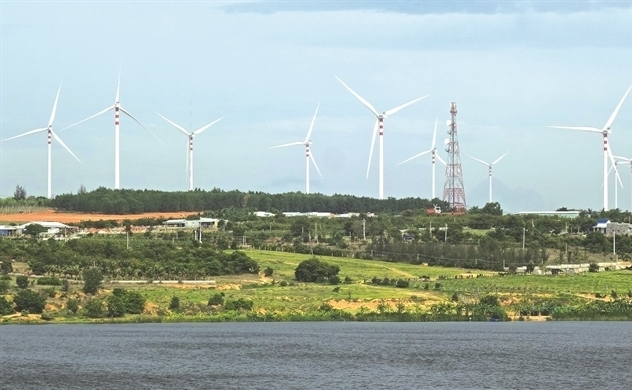
Phan Thiet wind power. Photo: Quy Hoa.
Denmark's Orsted Group has announced to reduce their renewable energy production target to 28 GWh from 30 GWh till 2030 and withdraw from the Vietnamese market. The bad news for the renewable energy industry in Vietnam shows the irrationalities in this sector that deters investors.
The decision is remarkable in the context that many wind power enterprises are suffering losses from changes in policy, especially the regulations on the price bracket for the generation of solar power plants, and transitional wind power plants.
Prior-operating loss
Trung Nam Wind Power JSC in Dak Lak province, which operates the 400 MW Ea Nam wind power plant, the largest in the country, has reported a loss of VND 860 billion. Ia Pet Dak Doa No.1 Wind Power JSC and two others have also reported losses of hundreds of billion VND.
The common cause of losses at wind power firms is the use of financial leverage through mobilizing large amounts of capital from corporate bonds. Reports sent to the Hanoi Stock Exchange show that these firms recorded a debt-to-equity ratio of more than 4 times, with some enterprises having 5-6 times higher debt than registered capital.
Projects without supported electricity tariffs face higher risks. The new renewable power generating pricing range of the Ministry of Industry and Trade is 20-30% cheaper, putting pressure on these firms.
Some 23 investors with finished wind power and transitional solar power plants have petitioned the Prime Minister for support. ACB Securities Company estimates that the entire cost of interest and principal debt of 34 projects behind schedule is almost VND10,000 billion, while the pre-tax, depreciation, and interest rate is approximately 9,000 billion dong. copper.
Power Plan 8 is supposed to "rescue" these loss-making firms and allow businesses safely invest in renewable energy. Power Plan 8 promotes renewable energy, including wind power. Wind power will rise from 5% in 2022 to 18% in 2030 and 29% in 2050. Wind power capacity will reach 27,880 MW in 2030 and 130,050-168,550 MW in 2050.
About 85 power plants with 4,736 MW of power purchase and sale contracts with EVN are not eligible for the FIT pricing. It's wasteful and urgent to not activate these initiatives' potential. Dr. Ha Dang Son, Director of the Center for Energy and Green Development, believes Power Planning 8 will help EVN resolve price and capacity issues. Wind and solar power struggle. In the present power constraint, early mobilization of wind and solar power sources would help ensure energy delivery.
Advantage ahead
To solve difficulties in the field of renewable energy, the Deputy Prime Minister requested the Ministry of Industry and Trade to urgently amend and build a price framework for electricity generation of solar and transitional wind power plants. Notably, thanks to stable business advantages, a number of businesses in the renewable energy sector are having positive business results.
Ha Do Group Joint Stock Company reported net revenue of about VND956 billion in the first quarter of 2023 from hydroelectricity, solar power, and wind power at above VND543 billion.
In the fiscal year 2022, power sales accounted for almost 36% of Halcom Vietnam Joint Stock Company (code HID) revenue. The firm invests in solar and wind power in Hau Giang and Quang Binh. Phong Lieu Wind Power Corporation earned VND 124.2 billion after taxes, up 168% from 2021.
Ha Do leaders stated they will evaluate five wind power projects added to Power Plan 8 due to the excellent economic scenario. PC1 Group Joint Stock Company is surveying about 1,000 MW of onshore and offshore wind power to create 350 MW of renewable energy by 2025. PC1's wind power projects are among Southeast Asia's best, maintaining governance and environmental requirements (ESG) and having an advantageous interest rate policy (5-6 %/year) compared to projects borrowing local currency (10-11%).
Mr. Mark Hutchinson, Chairman of the Southeast Asia Working Group of the Global Wind Energy Council (GWEC), stated: “Over the past time, the Vietnamese Government has taken positive actions in wind power development but much more work to do. We don't have time to wait for offshore wind power policies. "Too slow," Hutchinson remarked.
Mr. Le Manh Cuong, General Director of PetroVietnam Technical Services Corporation, used Orsted Group to warn against foreign wind power investors fleeing the country. leave the Vietnamese market without explicit regulations and methods.

 TIẾNG VIỆT
TIẾNG VIỆT 




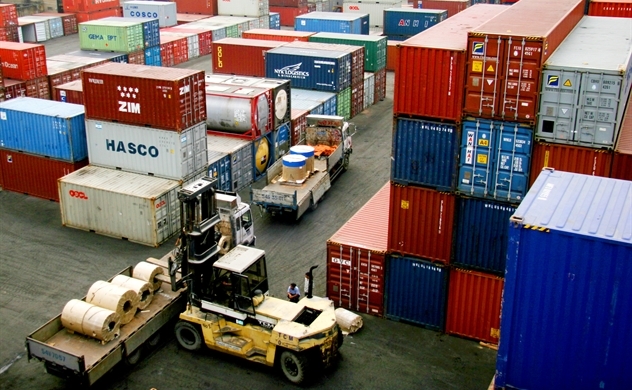
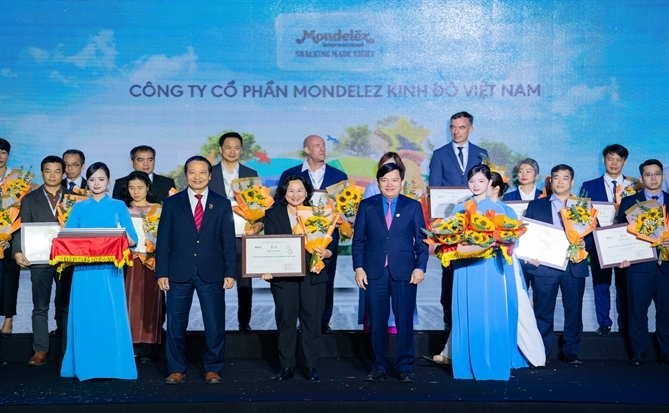
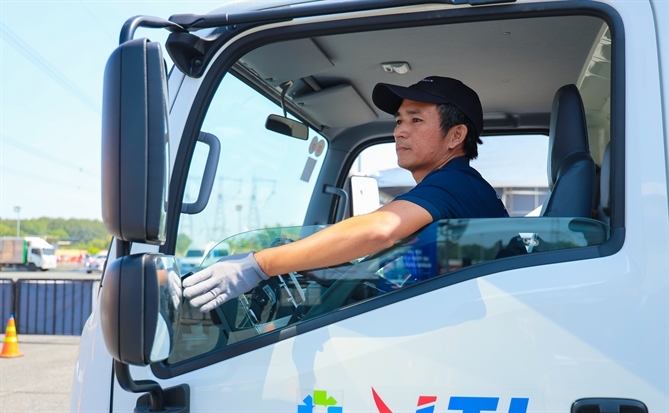
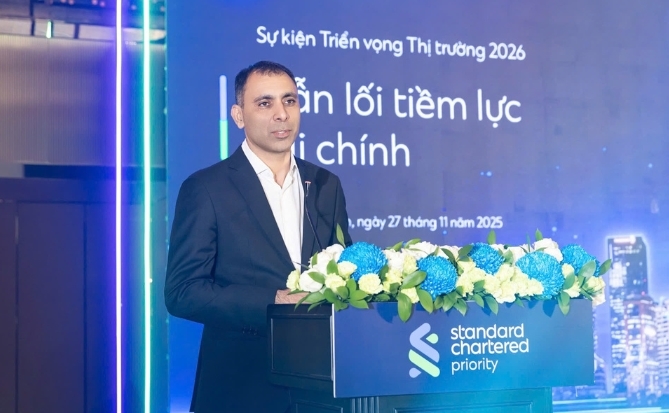


_131447820.png)







